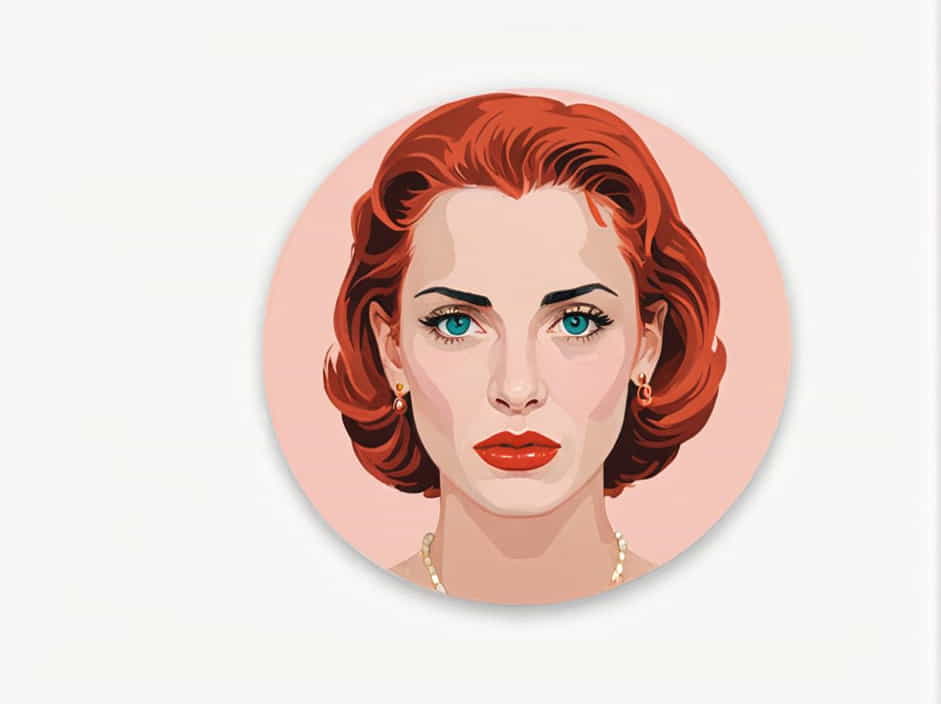Analogous colors are an essential concept in color theory and play a crucial role in art, design, and aesthetics. These colors sit next to each other on the color wheel, creating a sense of harmony and visual appeal. Understanding analogous colors helps artists, designers, and decorators craft visually pleasing compositions.
This topic explores two examples of analogous color schemes, their significance, and how they are used effectively in design and everyday life.
What Are Analogous Colors?
Analogous colors are groups of three or more colors that are adjacent on the color wheel. They often include one dominant color, a supporting color, and a third color for depth and balance. This scheme creates a cohesive and visually comfortable effect, commonly found in nature, paintings, and interior design.
Key Characteristics of Analogous Colors
- They create a smooth transition between hues.
- They evoke a sense of harmony and unity.
- They are commonly used to express mood and emotion.
Example 1: Blue, Blue-Green, and Green
Understanding This Analogous Color Scheme
The blue, blue-green, and green combination is one of the most calming and refreshing color palettes. It consists of:
- Blue – Represents tranquility, stability, and professionalism.
- Blue-Green (Teal/Turquoise) – Adds freshness and vibrancy.
- Green – Symbolizes nature, growth, and harmony.
Where This Color Scheme Is Used
1. Interior Design
This color scheme is popular in home décor, particularly in:
- Bedrooms and bathrooms, as it promotes relaxation.
- Office spaces, where it enhances focus and creativity.
2. Fashion and Clothing
The blue-green palette is widely used in fashion styling:
- Light blue and teal create a modern, stylish look.
- Green accessories add a natural and organic touch.
3. Graphic Design and Branding
Companies use these colors to communicate trustworthiness and freshness, often found in health, wellness, and environmental branding.
Example 2: Red, Red-Orange, and Orange
Understanding This Analogous Color Scheme
The red, red-orange, and orange combination is warm, energetic, and attention-grabbing. It consists of:
- Red – Represents passion, energy, and excitement.
- Red-Orange – Adds warmth and friendliness.
- Orange – Symbolizes enthusiasm and creativity.
Where This Color Scheme Is Used
1. Advertising and Marketing
This color palette is often used in fast-food branding to stimulate appetite and excitement. Examples include:
- McDonald’s and Burger King, which use red and orange to attract attention.
- Retail sales promotions, as these colors encourage action and urgency.
2. Art and Painting
Artists use red-orange hues to create bold and dynamic compositions, often associated with fire, sunsets, and energy.
3. Fashion and Accessories
- Red and orange tones add warmth and confidence to outfits.
- These colors are often seen in autumn and summer fashion trends.
Why Are Analogous Colors Important?
1. They Create Visual Harmony
Unlike complementary colors (which contrast strongly), analogous colors blend seamlessly, making them perfect for cohesive designs.
2. They Evoke Emotional Responses
- Cool analogous colors (blue, green, purple) create a calming effect.
- Warm analogous colors (red, orange, yellow) generate energy and warmth.
3. They Are Versatile in Design
- Interior decorators use them for room aesthetics.
- Graphic designers use them to convey brand messages.
- Artists and photographers use them to balance compositions.
Analogous colors play a vital role in design, fashion, branding, and art. The examples of blue, blue-green, and green and red, red-orange, and orange showcase how these color schemes create harmony, mood, and visual appeal. By understanding how analogous colors work, designers and artists can craft aesthetic and meaningful compositions that connect with audiences effectively.
